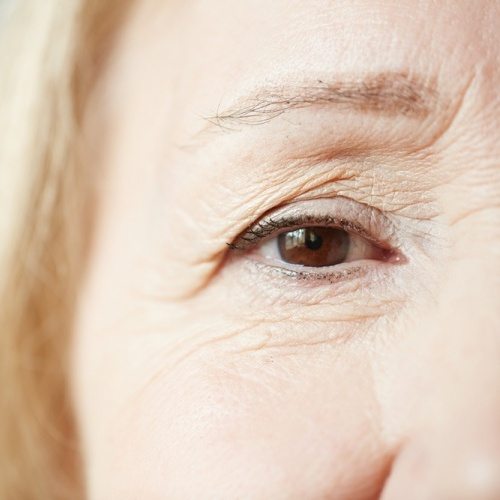
Eyelid Surgery
8 April, 2017
Facial Rejuvenation Surgery
8 April, 2017
Composite Deep Plane Facelift
Composite deep plane face lift, also known as modern facelift surgery, is an advanced technique for face rejuvenation. It was specifically designed to gain access to the areas where the aging process occurs. It can reduces the look of tiredness without any trace of surgery and with longer results.The surgery gently restores the face to its former and natural position.
Traditional facelift techniques, called SMAS techniques, the plane of dissection is directly under the skin. The SMAS, which is the muscular and soft tissue layer just below the skin is then tightened and suspended. Following excess skin excision, the incisions are closed. There is a limit to how far you can lift face before you start to increase risk of poor wound healing.
As opposed to traditional facelifts, where tissues are raised above the SMAS, deep plane techniques work below the SMAS. Volume loss and descent of the fat pads in the midface are significant parts of facial aging that is not well treated by the old superficial techniques. By using a deeper plan of dissection, access to the midface, malar pad and jowls are anatomically accomplished.

Overall, I seriously recommend to all patients considering facelift surgery to choose their surgeon based on the surgeon's experience and reputation as a facelift surgeon and let the surgeon decide the best technique to achieve the best and natural result.
How do I prepare for surgery?
It is important to avoid taking any Aspirin or products containing Aspirin for 2 weeks either side of the operation since Aspirin has an adverse effect on bruising. If you are a smoker it is helpful to stop for two weeks before surgery and for a week afterwards so as not to restrict the circulation to the skin. While making preparations, be sure to arrange for someone to drive you home after your surgery and to help you out for a few days at home.
Where will my surgery be performed?
The surgery is performed in a recognized clinic in the city of Buenos Aires. You will be admitted on the day of surgery. All the rooms are single suites with nursing.
You will need a friend or relative to accompany you home when you leave hospital after surgery.
What type of anesthesia will be used?
Facelift surgery is done under general anesthesia, so you'll sleep through the entire operation being under the care of the anesthesiologist and a cardiologist.
What does the operation involve?
Modern, advanced facelifts operate on the support layer of the face, beneath the skin. This is where (as we now know) facial aging originates. It might look as if your skin has sagged, but actually it sits on a sagging support layer – and that is where the correction needs to take place and that´s why the technique is called deep.
How long will the surgery take?
Deep plane facelift takes usually a bit longer than a traditional one because it is technical more demanding but we are not in a hurry, in plastic surgery the surgery ends when the result is perfect. That is in between 3 and 5 hors depending on the case and complementary procedures.
Is a deep plane facelift painful?
Your face and eyelids will probably feel a little tight the first weeks. Bruising is very particular in every patient but it is very clear doing a deep plane facelift the inflammation and bruising are less than with the traditional and superficial techniques. Mild painkillers such as paracetamol and ibuprofen are usually sufficient to provide comfort. A number of patients may experience a feeling of numbness in front of the ears the first week.This is normal and returns in a matter of weeks.
What can I expect after the surgery?
It is hoped that you will have only mild swelling and bruising following your deep plane facelift , however this does vary from patient to patient. While in the clinic the nurses may apply cool soothing pads to your eyes and face in order to minimize this swelling further. In addition it is advised to rest for the first few days with your head elevated on 2-3 pillows as this also helps.
During the first week you should avoid straining and bending down as this tends to increase the swelling. After about a week your stitches will be removed by Dr. Freschi and you will be able to wear make-up to hide any residual bruising.
Most patients can return to work after about 15 days although it will probably take at least 3-4 weeks before you would be ready for a major social event. To aid recovery strenuous sport should be avoided for 3-4 weeks.
You can expect an amazing but natural face rejuvenation with no trace of surgery. No stigmata.
What are the scars like?
One of the most advantages of the deep plane facelift technique relies on the quality of its scars. The reason is because the traction of the rejuvenation is done under the muscles, in the deeper layers, not on the skin. The less the traction is done on the skin the best the scar quality is. This is not new, this is a plastic surgery principle.
Please, do not hesitate to contact us should you require further information.


